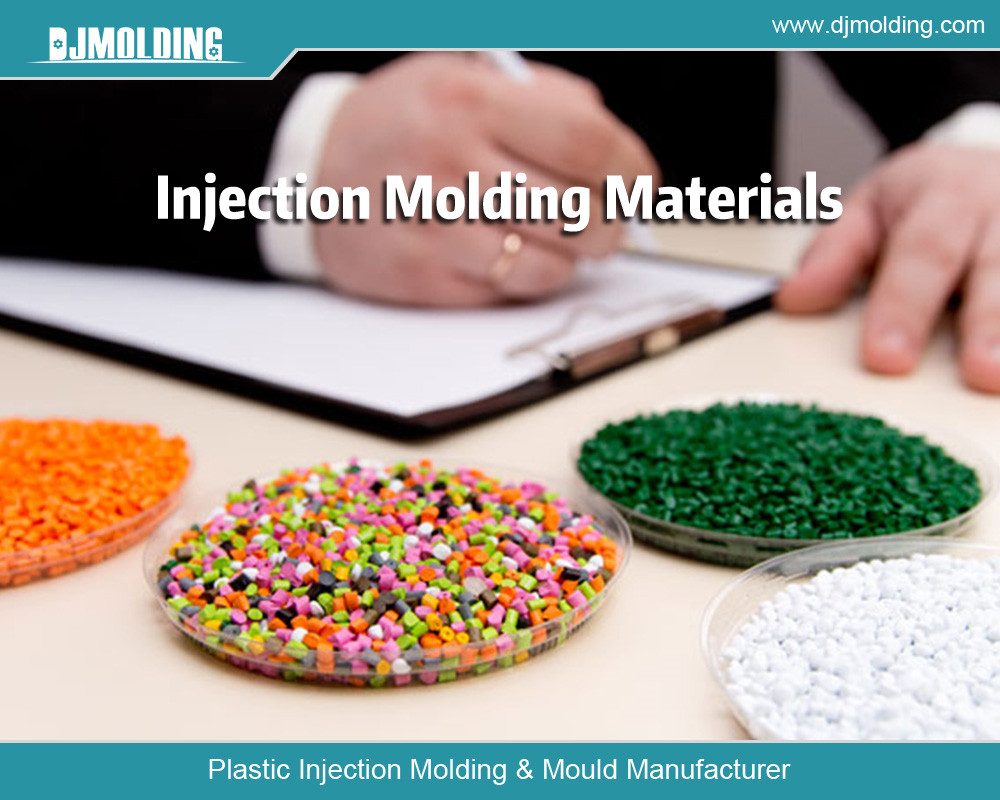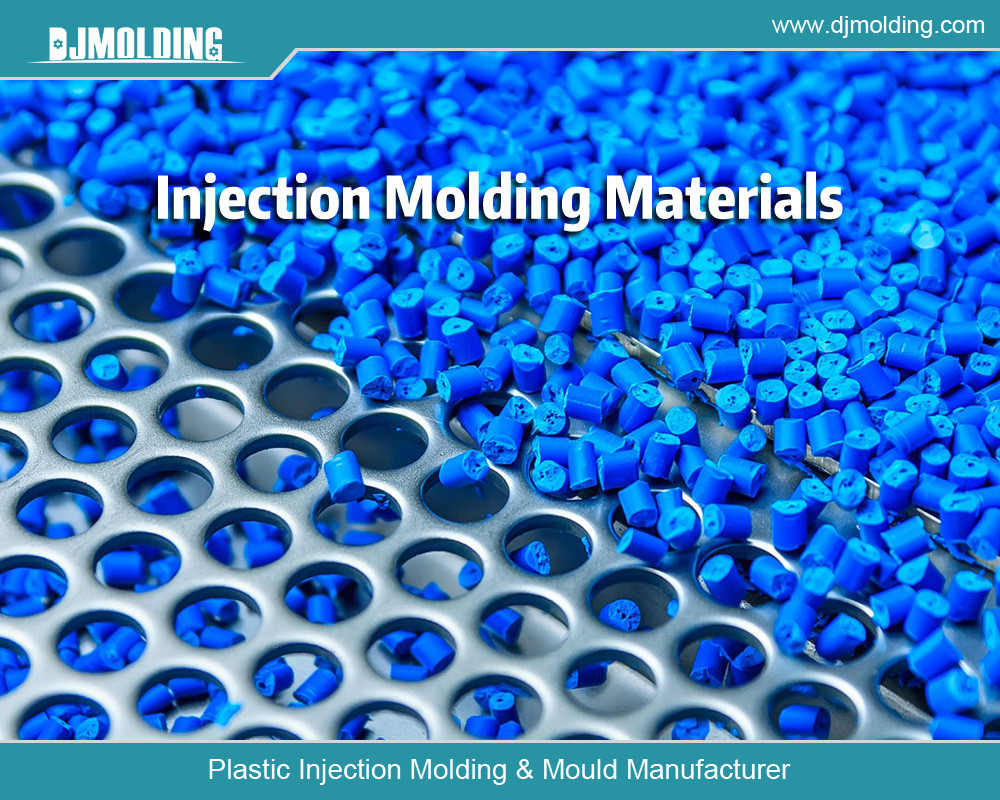Um guia abrangente de fornecedores de moldagem por injeção de peças plásticas automotivas
A moldagem por injeção é um processo de fabricação amplamente utilizado na indústria automotiva para a produção de componentes plásticos.. Esses componentes desempenham um papel crítico na fabricação automotiva moderna, e sua qualidade e desempenho podem impactar diretamente o desempenho geral do veículo. A moldagem por injeção é um processo altamente eficiente que oferece inúmeras vantagens, incluindo alta eficiência de produção, relação custo-benefício, e maior flexibilidade de design. Contudo, o método também apresenta desafios como seleção de materiais e considerações sobre ferramentas. This comprehensive guide will provide an overview of moldagem por injeção de componentes plásticos automotivos, including its process, vantagens, formulários, desafios, and future trends.

What is Automotive Plastic Components Injection Molding?
Definition of Injection Molding
Injection molding is a manufacturing process that involves injecting molten plastic material into a mold cavity under high pressure. The molten plastic material is then cooled and solidified, resulting in a solid plastic part that conforms to the shape of the mold cavity. Injection molding is a highly automated process widely used in various industries, including automotive manufacturing.
Plastic Components Used in Automotive Manufacturing
Automotive manufacturers widely utilize plastic components in their manufacturing processes due to their versatility, lightweight nature, e custo-benefício. Some standard plastic components used in automotive manufacturing include:
Automotive manufacturers utilize various interior components in their manufacturing processes, including dashboards, instrument panels, painéis de porta, seat components, and trim parts.
Various exterior components, such as bumpers, grades, fascias, painéis da carroceria, and trim parts, are crucial in automotive manufacturing.
Engine and Drivetrain Components: Air intake manifolds, engine covers, and transmission components.
Electrical and electronic components used in automotive manufacturing include connectors, Protetores de etiquetas, e interruptores.
Injection Molding Process for Automotive Components
Tipicamente, the injection molding process for producing automotive components involves the following steps:
- Seleção de Materiais: The first step in the injection molding process is to select the appropriate plastic material based on the specific application requirements. The material must withstand the operating conditions and provide the necessary mechanical and thermal properties.
- Projeto de Molde: The next step is to design the mold to produce the plastic part. The mold design must consider the part’s shape, Tamanho, tolerâncias dimensionais, and the injection molding process’s requirements.
- Moldagem por injeção: We inject the molten plastic material into the mold cavity under high pressure. The injection pressure must be sufficient to fill the entire hole and compensate for any shrinkage during cooling.
- Cooling and Solidification: The plastic material is then cooled and solidified in the mold cavity. We determine the cooling time based on the material’s thermal properties and the part’s size and thickness.
- Ejeção: Once we fully solidify the part, we eject it from the mold cavity using ejector pins or other mechanisms.
Comparison to Other Manufacturing Processes
Injection molding is a highly efficient manufacturing process that offers several advantages over other manufacturing processes, tal como:
- High Production Efficiency: Injection molding is a highly automated process that can produce large quantities of parts quickly.
- Custo-benefício: Injection molding can be cost-effective, especialmente para execuções de produção de alto volume.
- Versatility in Design and Material Selection: Injection molding offers a wide range of design possibilities and material options, making it a versatile process for producing complex parts.
- Enhanced Part Consistency and Quality: Injection molding can produce parts with consistent quality and dimensional accuracy.
- Reduced Scrap and Waste: Injection molding can minimize waste and scrap by optimizing usage and recycling unused material.
Vantagens da moldagem por injeção de componentes plásticos automotivos
- High Production Efficiency: Injection molding is a highly efficient process that can produce high volumes of components quickly and consistently. The process can be fully automated, reducing the need for manual labor and minimizing the risk of errors.
- Custo-benefício: Injection molding is cost-effective, particularly for high-volume production runs. The process can produce components with high repeatability, reducing the need for rework and minimizing material waste.
- Versatility in Design and Material Selection: Injection molding offers excellent design flexibility, allowing for complex geometries and intricate details. The process can also use various materials, incluindo termoplásticos, termofixos, e elastômeros, allowing customized material properties to meet specific performance requirements.
- Enhanced Part Consistency and Quality: Injection molding can produce components with high consistency and quality. The process can control key variables such as temperature, pressão, and cooling rate, minimizing the risk of defects such as warpage, marcas de pia, and voids.
- Reduced Scrap and Waste: Injection molding generates minimal scrap and waste, as excess material can be recycled and reused. Making this change can lead to significant cost savings and positive environmental impacts.
Applications of Automotive Plastic Components Injection Molding
Injection molding is a highly versatile process that can produce a wide range of plastic components for use in various applications within the automotive industry. Some typical applications of injection-molded plastic parts in the automotive industry include:
Componentes internos
- Dashboard components such as instrument panels, air vents, and glove box covers
- Door panels, alças, and armrests
- Seat components such as frames, recliners, and adjusters
- Trim components such as console covers, speaker grilles, and headliner parts
Componentes Externos
- Bumpers, pára-lamas, and hoods
- Grilles, emblems, and badges
- Mirror housings and bezels
- Wheel covers and trim components
- Engine and Drivetrain Components
- Intake manifolds and valve covers
- Engine mounts and brackets
- Transmission housings and components
- Fuel tanks and pump housings
- Electrical and Electronic Components
- Peças feitas de máquinas de parafusos não metálicos, terminals, e interruptores
- Sensors and control modules
- Lighting components such as lenses and housings
- Audio system components such as speaker enclosures and amplifier housings
Desafios da moldagem por injeção de componentes plásticos automotivos
Enquanto moldagem por injeção de componentes plásticos automotivos offers many benefits, it also presents several challenges that manufacturers must address to ensure successful production. Some of the key challenges include:
Material Selection and Testing
Selecting the suitable material for each component is critical to ensuring its performance and longevity in the final product. Automotive parts are subject to various environmental factors, como temperatura, moisture, and chemical exposure, which can impact their performance. Manufacturers must carefully consider the material properties, incluindo força, durabilidade, and resistance to these factors, to select the appropriate material for each component. Material testing is also essential to verify its performance under various conditions and ensure it meets industry standards.
Ferramentas e Equipamentos
Creating the molds and equipment needed for injection molding can be time-consuming and costly. We must precisely design the molds to ensure consistency and quality in the final product, and they must be able to withstand the high pressure and temperatures required for injection molding. Manufacturers must carefully consider each component’s tooling and equipment requirements to ensure that they can produce them efficiently and cost-effectively.
Processing Conditions and Variables
Injection molding is a highly controlled process, and small changes in processing conditions or variables can significantly impact the quality and consistency of the final product. Manufacturers must carefully monitor and control the injection molding process, including variables such as temperature, pressão, and cooling rates, to ensure consistency and quality. Achieving consistency across large production runs can be challenging, requiring specialized equipment and expertise.
Environmental Considerations
The automotive industry is increasingly focused on sustainability and reducing its environmental impact. Injection molding produces waste material and uses energy, and manufacturers must consider the environmental impact of their production processes. They may need to implement measures to reduce waste, such as recycling or reusing materials, and evaluate the energy efficiency of their equipment and techniques.
Conformidade regulatória
The automotive industry is subject to strict regulatory requirements and standards, and manufacturers must ensure their components meet these requirements. Injection molding materials and processes must meet industry standards for safety, desempenho, and environmental impact, and manufacturers must be able to demonstrate compliance.
Key Considerations When Choosing an Injection Molding Supplier for Automotive Components
Choosing the right injection molding supplier for automotive components is crucial to ensure high-quality and reliable parts that meet the specific needs and requirements of the automotive industry. Here are some key considerations to keep in mind when selecting a supplier:
- Experience and Expertise: Look for a supplier with extensive experience in automotive injection molding. They should deeply understand the industry’s standards, regulations, and requirements. An experienced supplier can also offer valuable guidance and support throughout manufacturing.
- Quality Management Systems: The supplier should have robust quality management systems to ensure that every component meets the highest quality standards. Throughout production, we take strict measures to ensure quality, such as conducting thorough testing, implementing inspection procedures, maintaining documentation, and ensuring traceability.
- Material Selection and Testing Capabilities: The supplier should have a wide range of material options and be able to help you select the best material for your specific application. They should also have comprehensive testing capabilities to ensure the material meets all requirements.
- Design and Engineering Capabilities: The supplier should have a robust design and engineering team that can work closely with you to optimize component design and performance. They should also be able to provide structure for manufacturability (DFM) and design for assembly (DFA) feedback to help you streamline the manufacturing process.
- Manufacturing Capacity and Flexibility: The supplier should have adequate manufacturing capacity to meet your production needs and the flexibility to adjust to changing demand. They should also have a variety of injection molding machines and capabilities to handle a wide range of component sizes and complexities.
Future Trends in Automotive Plastic Components Injection Molding
The automotive industry is constantly evolving, and injection molding is no exception. Here are some future trends that are likely to shape the industry in the coming years:
- Lightweighting and Material Innovation: As the industry continues prioritizing fuel efficiency and emissions reduction, there will be increased demand for lightweight components. The aim is to encourage innovation in developing new materials and manufacturing processes to create delicate pieces that still deliver top-notch performance and durability.
- 3D Printing and Additive Manufacturing: Additive manufacturing, including 3D printing, is becoming increasingly popular in the automotive industry. This technology offers new opportunities for design flexibility and customization, as well as reduced lead times and costs.
- Intelligent and Connected Components: The rise of the Internet of Things (IoT) leads to increased demand for competent and connected components in the automotive industry. Injection molding will be critical in producing these components, requiring high precision, consistência, and quality.
- Sustainability and Environmental Responsibility: As consumers become more environmentally conscious, there will be increased pressure on the automotive industry to reduce its environmental impact. Injection molding can help by using recycled materials and reducing waste and energy consumption throughout manufacturing.

CONCLUSÃO
Para concluir, moldagem por injeção de componentes plásticos automotivos is a critical process in modern automotive manufacturing. It offers numerous advantages, incluindo alta eficiência de produção, relação custo-benefício, e maior flexibilidade de design. Contudo, o método também apresenta desafios como seleção de materiais e considerações sobre ferramentas. By choosing an experienced and reliable injection molding supplier, automotive manufacturers can ensure high-quality components that meet their needs and requirements. As the automotive industry continues to evolve and innovate, the future of injection molding will likely see increased emphasis on lightweight, material innovation, and environmental responsibility.
Para saber mais sobre um guia completo de automotive plastic parts injection molding suppliers,você pode fazer uma visita ao Djmolding em https://www.djmolding.com/automotive-plastic-components-injection-molding-manufacturer-revolutionizing-automotive-manufacturing/ para mais informações.
Artigo Original de: https://www.djmolding.com/a-comprehensive-guide-of-automotive-plastic-parts-injection-molding-suppliers/


